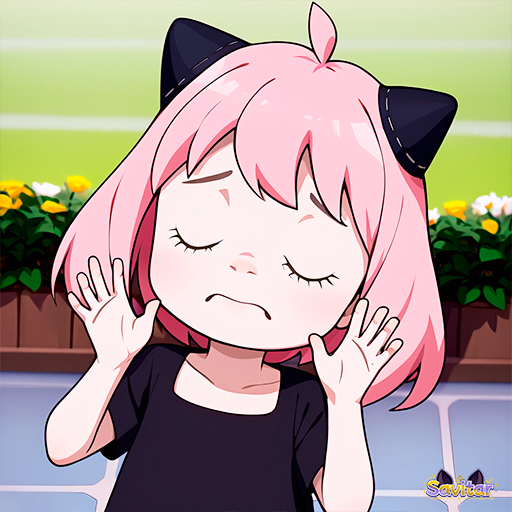🔥Access +100 Characters NSFW Hardcore for just $9.99 Monthly 😈
Who Consumes Lolicon?
The topic of lolicon often sparks debates filled with assumptions about the people who consume it. But who really forms the audience of this genre, and what are their motivations? In this article, we’ll explore the reality behind the stereotypes and seek to demystify the audience of lolicon.
LOLI
Savitar
9/5/20243 min read


The topic of lolicon often sparks debates filled with assumptions about the people who consume it. But who really forms the audience of this genre, and what are their motivations? In this article, we’ll explore the reality behind the stereotypes and seek to demystify the audience of lolicon.
Breaking the Stereotypes
When people hear about lolicon, a common assumption is that it appeals exclusively to individuals with questionable or deviant desires. This narrative often paints the audience in a negative light, equating their interest in fictional content with harmful intentions in real life. However, like most generalizations, this view misses the complexity of why people are drawn to lolicon.
Lolicon, as a form of art and storytelling, attracts a wide and diverse audience. Not all consumers fit the stereotypes, and the motivations behind their interest vary widely. Some are drawn to the artistic style, others to the unique narratives, and many see it as just another form of entertainment that challenges cultural taboos without crossing into illegal or harmful behavior.
Lolicon and Cultural Context
In Japan, where lolicon originates, the genre has long been part of a broader culture that doesn’t necessarily associate it with deviance or criminal intent. Many see it as a niche of anime and manga, not as something inherently harmful. Its audience includes fans who are interested in the distinct style and storytelling that this genre offers, much like any other form of media.
Outside Japan, particularly in Western cultures, the perception can be much different. Lolicon tends to be misunderstood and met with harsh judgments. However, the audience abroad isn’t drastically different from those in Japan—most are simply fans of anime and manga who see lolicon as part of a larger world of creative freedom.
The Motivations Behind Consuming Lolicon
So, what motivates people to consume lolicon? Here are some of the key reasons:
Aesthetic Appeal: For many, lolicon is about the artistic style and the characters’ exaggerated, youthful features. The visual appeal plays a major role in attracting audiences, much like how certain art styles in other genres draw fans.
Escapism and Fantasy: Like many forms of fiction, lolicon provides an escape from reality. The worlds depicted are often far removed from the real world, offering viewers a place where they can engage with stories and characters that are entirely fictional.
Nostalgia and Innocence: Some fans are attracted to the themes of innocence, nostalgia, or the portrayal of childlike wonder. The characters’ youthfulness can evoke a sense of simplicity or purity, disconnected from any real-world connotations.
Cultural Interest: For some, the appeal lies in understanding a cultural phenomenon. Fans of Japanese culture or anime may consume lolicon simply because it's part of the larger anime/manga world, and they want to explore every facet of it.
Rebellion Against Social Norms: Lolicon, by its nature, challenges societal taboos. Some are drawn to it because it defies what is considered “acceptable,” and engaging with it becomes a form of pushing back against restrictive cultural norms.
Myth vs. Reality
It’s important to differentiate between consuming fictional content like lolicon and real-world actions. Studies and legal authorities in countries like Japan have consistently maintained that there is no direct correlation between consuming lolicon and committing illegal or harmful acts involving real people. Just as people who consume violent video games don’t become violent in real life, lolicon fans don’t necessarily have harmful or predatory intentions.
The motivations behind consuming this content are often misunderstood, and there’s little evidence to support the idea that lolicon viewers are a danger to society. Instead, the audience is typically composed of anime/manga fans who see lolicon as just another corner of the anime universe.
Conclusion: A Complex Audience
The audience for lolicon is as diverse as the reasons people are drawn to it. Far from the stereotypes, most fans engage with this genre because of its artistic style, fantasy elements, or simply as part of their broader interest in anime and manga. Understanding this helps us approach the conversation about lolicon from a more informed, less judgmental perspective.
Ultimately, consuming lolicon is not about real-world desires or actions. It’s about engaging with a form of fiction that, like all fiction, offers a world of fantasy and creative freedom.


